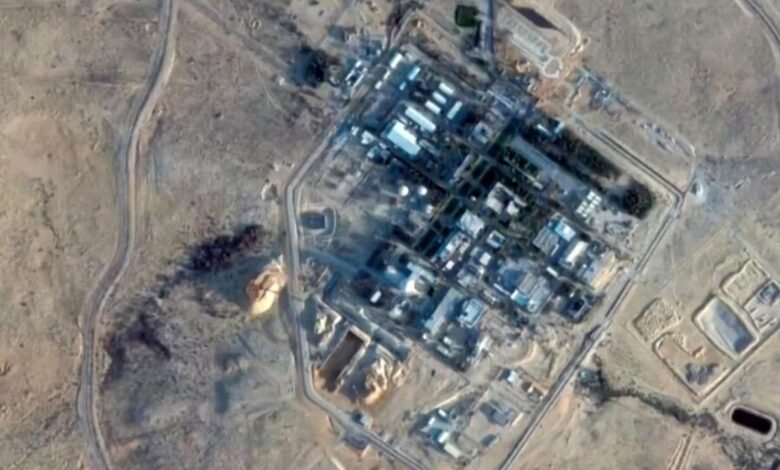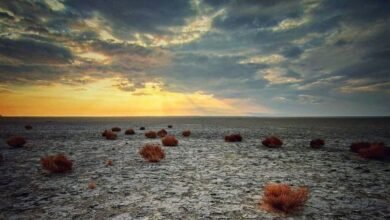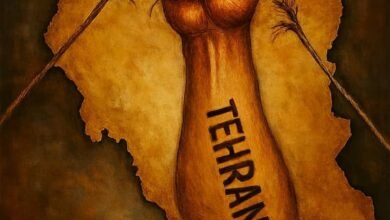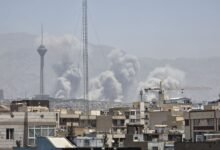
مایکل آیزنشتات، مدیر برنامه مطالعات امنیتی و نظامی انستیتو واشینگتن، در مقاله خود با عنوان «حمله به برنامه هستهای ایران: محاسبات پیچیده اقدام پیشگیرانه» به بررسی چالشها و محاسبات پیچیده مرتبط با حمله پیشگیرانه به برنامه هستهای جمهوری اسلامی پرداخته است. نویسنده پیشتر بهعنوان تحلیلگر نظامی با دولت ایالات متحده همکاری داشته است.
از آنجا که برخی در اسرائیل بر این باورند که در شرایط ضعف فعلی جمهوری اسلامی، فرصتی تاریخی برای از بین بردن برنامه هستهای، یا دستکم عقب انداختن آن از طریق نظامی فراهم شده است، نویسنده به شیوه این اقدام نظامی و چالشهای پیشروی عملیاتی کردن آن پرداخته است.
بر اساس این مقاله، حمله نظامی پیشگیرانه به تاسیسات هستهای جمهوری اسلامی، به احتمال زیاد یک رویداد مقطعی نخواهد بود، بلکه سرآغاز کارزاری گسترده، متشکل از حملات نظامی، اقدامات مخفیانه، و جنگ اقتصادی و اطلاعاتی است.
به اعتقاد آیزنشتات، با اینکه هنوز بهطور رسمی حملهای انجام نشده است، اما برخی اقدامات اولیه نشان از آغاز این کمپین دارند؛ از جمله حمله هوایی اسرائیل در آوریل و اکتبر ۲۰۲۴ به سامانههای دفاعی اس-۳۰۰ در ایران که امکان انجام حملات بعدی به تاسیسات هستهای را فراهم کرده است.
سامانههایی که اسرائیل پیشتر هدف قرار داد، از تاسیسات هستهای اصفهان و نطنز محافظت میکرد.
از سوی دیگر، رادارهای مرتبط با پنج سامانه اس-۳۰۰ که در حملهای دیگر هدف قرار گرفت، امکان انجام حملات هوایی بعدی به تاسیسات تولید موشک و سایت تحقیقاتی طالقان ۲ در پارچین را فراهم کرد.
از نظر نویسنده، این حملات هدفمند میتوانند نشان دهند کارزار حمله به تاسیسات هستهای جمهوری اسلامی عملا آغاز شده است.
با توجه به پراکندگی و استحکام تاسیسات هستهای جمهوری اسلامی، نابودی کامل این برنامه دشوار است و جمهوری اسلامی احتمالا تلاش خواهد کرد آن را بازسازی کند. بنابراین، حملات بعدی و اقدامات اطلاعاتی در ماهها و سالهای پس از حمله اولیه ضروری خواهند بود.
بیشتر بخوانید: عباس عراقچی: برنامه هستهای ایران را نمیتوان با عملیات نظامی نابود کرد
این تحلیلگر نظامی، اعتقاد دارد بنیامین نتانیاهو، نخستوزیر اسرائیل، بهدنبال نابودی کامل برنامه هستهای ایران است، مشابه روندی که در جنگ غزه در پیش گرفته است.
در این مسیر، ترامپ نیز که سیاست فشار حداکثری را علیه جمهوری اسلامی در پیش گرفته بود، از این رویکرد حمایت خواهد کرد. اما تجربه جنگ ۱۹۹۱ خلیج فارس علیه عراق نشان میدهد که نابودی یک برنامه هستهای گسترده و مخفی، تنها با ابزارهای نظامی دشوار است.
در جریان حمله به عراق، دانشمندان هستهای عراق دانش خود را حفظ کردند و زیرساختهای کلیدی این کشور از حملات هوایی ایالات متحده جان سالم به در برد.
برتری اطلاعاتی اسرائیل در برنامه هستهای ایران و آمادگی این کشور برای پذیرش ریسکهای بالا، میتواند موفقیت حمله را نسبت به حملات مشابه آمریکا در عراق افزایش دهد. با این حال، مشارکت آمریکا در این حمله تاثیر آن را به میزان قابلتوجهی افزایش خواهد داد.
به اعتقاد آیزنشتات یک حمله موفق باید سه هدف را محقق کند: عقب راندن برنامه هستهای ایران تا حد ممکن؛ جلوگیری از تبدیل شدن حمله به یک درگیری گسترده؛ تسهیل اقدامات بعدی برای ممانعت از بازسازی برنامه هستهای ایران.
مقاله توصیه کرده است هر گونه عجله در آغاز حملات، میتواند به شکست سریع منجر شود، در حالی که صبر برای انتخاب زمان مناسب، هزینههای سیاسی و ریسکهای کمتری به همراه خواهد داشت.







